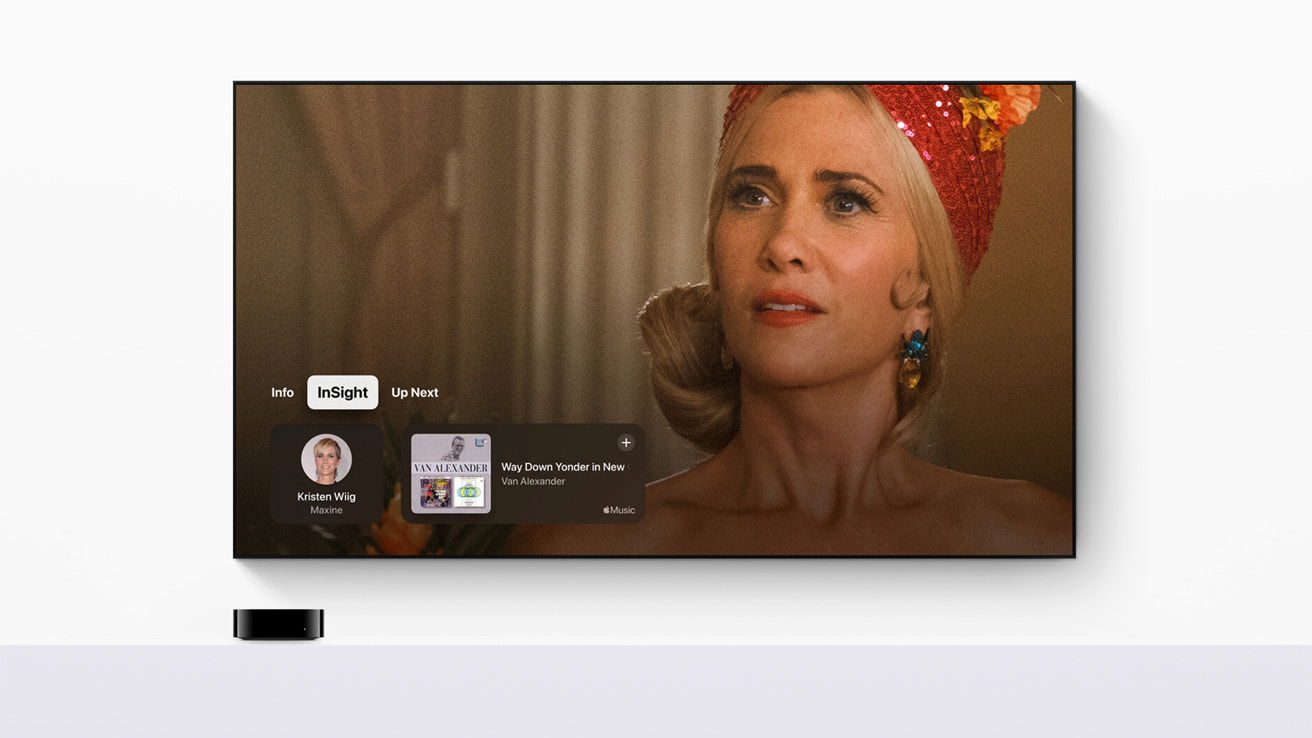Roku recently launched its latest streaming sticks, touting affordability and access to thousands of channels. However, the company’s aggressive ad strategy is drawing scrutiny. Last month, Roku tested auto-playing Moana 2 ads that appeared the moment devices booted up, before users could even reach the home screen. According to The Verge, Rost defended this approach, stating, “All the advertising we employ is meant to be additive to the consumer experience—everything from brands showing up in Roku City to ads on our home screen that help guide people towards content they love.” Yet, user backlash suggests these ads feel more intrusive than “delightful,” with many finding them disruptive to the streaming experience.
Roku’s plans don’t stop there. The company is exploring ways to make ads more “shoppable, interactive, and relevant,” and patents hint at injecting ads into video feeds from HDMI-connected devices. While Rost emphasized that Roku’s own platform remains the primary focus, the direction is clear: ads are central to Roku’s business model. This approach keeps costs low but sacrifices user comfort, especially for those who value an uninterrupted viewing experience.
Apple TV 4K: Premium Price, Premium Experience
In contrast, Apple TV 4K offers a starkly different proposition. Priced at $129 and up, it’s undeniably more expensive than Roku’s offerings or competitors like Chromecast and Amazon Fire Stick. However, the premium cost delivers a cleaner, faster, and more private streaming experience. Powered by the A15 Bionic chip, Apple TV 4K boasts snappy performance, supporting 4K HDR10+ and Dolby Vision for top-tier visuals. Its tvOS interface is minimalist, with a grid of app icons free from recommendations, live channels, or—you guessed it—ads.
Apple’s commitment to privacy further sets it apart. Unlike Roku, which relies on tracking to fuel its ad ecosystem, Apple TV 4K prioritizes user data protection, integrating seamlessly with AirPlay 2 and HomeKit for those in the Apple ecosystem. Features like Gigabit Ethernet, Thread, and Matter support also make it a robust smart home hub. As 9to5Mac notes, these benefits become evident when compared to Roku’s ad-heavy model, which can feel overwhelming despite its lower price point.
What’s Next for Apple TV 4K?
Apple is reportedly preparing a new Apple TV 4K for late 2025, potentially launching in October or November, according to Bloomberg’s Mark Gurman. Rumors suggest it will feature a faster chip—possibly the A17 Pro or A18—enabling console-quality gaming and enhanced Siri capabilities via Apple Intelligence. Analyst Ming-Chi Kuo predicts a price drop below $100, which could make it more competitive with Roku and Amazon Fire TV. Additional upgrades, like Wi-Fi 6E or 7 and a custom Apple-designed Wi-Fi chip, promise faster, more efficient connectivity, as noted by MacDailyNews.
These enhancements could further widen the gap between Apple TV 4K and ad-driven competitors. For users frustrated by Roku’s auto-playing ads or Amazon’s busy Fire TV interface, Apple’s focus on performance and simplicity is a compelling draw. Posts on X echo this sentiment, with users like @iPhone_News and @9to5mac highlighting Roku’s misstep as a reason to consider Apple TV 4K.
Why Choose Apple TV 4K?
Roku’s affordable streaming sticks are undeniably appealing for budget-conscious buyers, but their ad-centric model comes at a cost to user experience. Apple TV 4K, while pricier, delivers a polished, ad-free interface, robust performance, and deep integration with Apple’s ecosystem. As Roku doubles down on “interactive” ads, Apple’s commitment to privacy and simplicity feels increasingly valuable. For those who view streaming as more than just a budget utility, Apple TV 4K’s $129 price tag is a worthwhile investment in quality and peace of mind. With a new model on the horizon, there’s never been a better time to make the switch.















